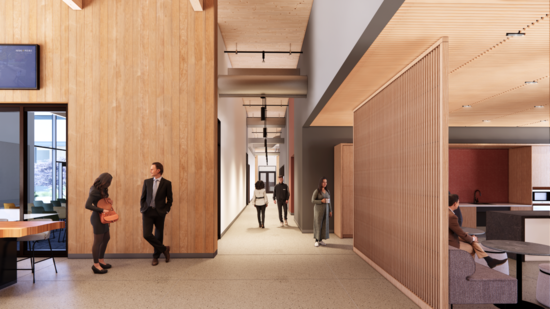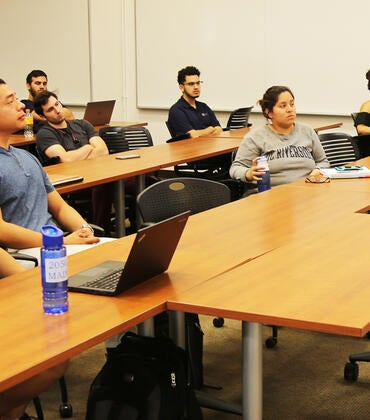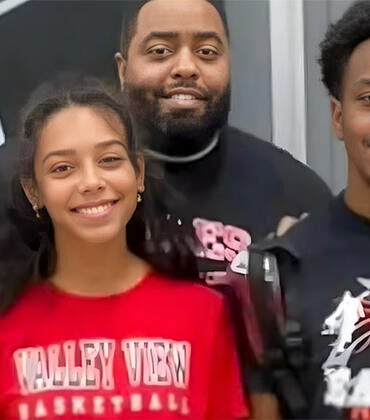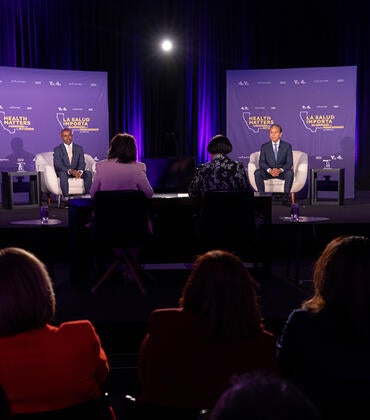
UC Riverside will celebrate a major step forward in its efforts to drive economic growth in the Inland Empire as it begins construction of an innovation park that will bring together research, entrepreneurship, and education at one hub near campus.
A groundbreaking ceremony will be held Monday, June 23 for the SoCal OASIS™ Park, the first major infrastructure project under the SoCal OASIS™ umbrella. The project is expected to be completed by spring 2027.
OASIS, which stands for Opportunities to Advance Sustainability, Innovation, and Social Inclusion, is an initiative led by UCR’s Office of Research and Economic Development, or RED., It involves partnerships with the community and industry to promote clean and next-generation technology and contribute to the region’s economic growth.
“The park represents an anchor location for UCR collaboration with community, private sector, and local government partners,” said Rodolfo Torres, vice chancellor for RED. “It exemplifies our commitment to the creation of an ecosystem in the region based on research and innovation.
The new facility will be built on a 3.44-acre site on University Avenue near the campus’ west entrance formerly occupied by the recently demolished UCR Extension Center.
The approximately 39,000-square-foot building will feature cutting edge labs used by UCR’s Center for Environmental Research and Technology, or CE-CERT, and other partners; maker spaces and collaborative work areas; flexible office space for incubators and startups; and event and training spaces for UCR Extension.
“The park is envisioned to serve as a living laboratory where innovative startups, established companies, and researchers can test new technologies and products under real conditions, thus accelerating their path to market and impact to society,” said Rosibel Ochoa, associate vice chancellor for technology partnerships.
The OASIS initiative has identified six focus areas: clean energy, agricultural technology, sustainable transportation, natural resource management, community health, and human development and workforce readiness.
“We have the talent and willingness to provide solutions to some of the most pressing problems our region faces in ways that can be scaled and applied to other regions in the nation and world,” Torres said.
The park is expected to spur interactions between researchers, students, and entrepreneurs who will have access to advanced labs and funding opportunities. UCR will be better positioned to advance interdisciplinary research to contribute to the region’s economic wellbeing while students and graduates will have more internship and job opportunities, Torres said.
The park’s location, close to campus and the California Air Resources Board, or CARB, Southern California headquarters, enhances the synergy between both facilities, he said.
At the gateway of campus to downtown Riverside, the site also factored into the project design, which honors many of the same planning principles used for campus buildings but with an identity unique to its commercial location, said Jacqueline Norman, campus architect.
The park frontage will feature a landscaped path with pedestrian and bicycle connections and a shaded courtyard. The building structure will be a combination of poured concrete and mass timber, a structurally sound engineered wood that is considered more sustainable. The interior and exterior will feature Accoya wood paneling intended to give the building a sense of warmth.
The incubator workspaces and laboratories will have their own distinct wings while the training and community rooms create a welcoming central gathering area.
“The success of this project really relies on this diverse programming mix, this whole idea of creating a synergy of research, learning, and knowledge that feeds on itself,” said Norman of the feeling they tried to replicate in the design.




